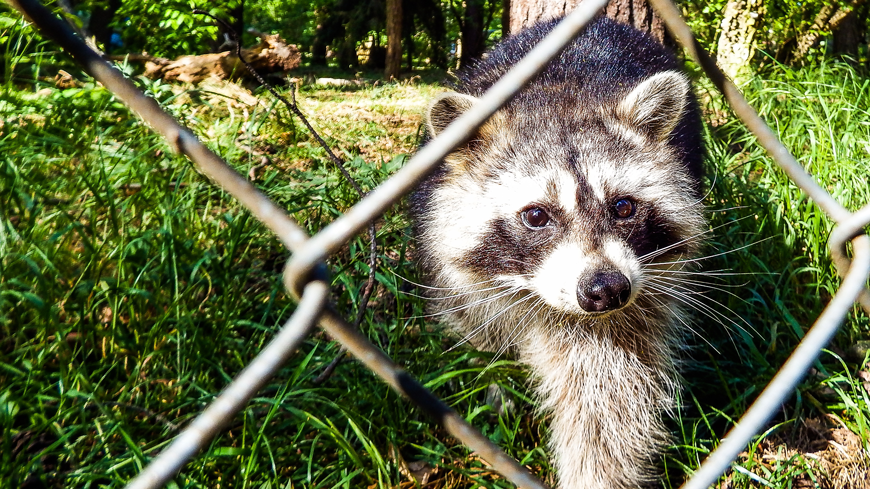Summary
Fleas can come from a next door neighbor’s dog or cat. Urban wildlife, such as opossums or raccoons, act as intermediaries in spreading fleas from home to home. They enter into an infested yard, acquire fleas, and eventually spread eggs throughout the neighborhood.
Details
Flea Infestations Spread through Eggs
Infestations Start as Eggs
Most flea infestations begin as eggs in the host’s environment. Animals first acquire fleas after the eggs mature and adults emerge from cocoons. It’s rare for adult fleas to transfer between hosts. For example, they don’t often jump from one cat to another.
Eggs Fall wherever Infested Animals Roam
Flea eggs are continually laid on infested animals, dropping out of their fur within a few hours. The eggs fall into the environment, getting distributed wherever the animal wanders. However, the eggs get clustered in areas where the host regularly feeds, rests, or sleeps.
Outdoor Flea Hot-Spots
Outdoor hot-spots occur in shady areas where animals rest and take shelter from the sun. Examples include dog houses, pet shelters, crawl spaces, below decks, and beneath dense vegetation.
Habitat Requirements
Viable outdoor habitats are limited for fleas. Eggs and larvae will die in open areas that are exposed to sunlight or extreme weather. Viable habitats must be humid, shaded, and shielded from the wind.
Nutritional Requirements
Upon hatching, flea larvae must have access to food—the blood feces from adult fleas. Eggs falling from a foraging host rarely survive, because the eggs and feces get distributed across great distances and it’s unlikely that they’ll fall together. ‘Flea dirt’ is most abundant where infested animals rest and groom. Thus, resting sites are hot-spots for developing fleas.
Neighbor’s Pet ➜ Feral Animal ➜ Your Pet
Yards
It’s not uncommon for feral and domestic animal territories to overlap. For example, both seek shelter under covered structures, such as porches. Flea eggs can quickly accumulate and thrive in these areas. And, upon entering these zones, animals can rapidly acquire fleas.

Img 1 Racoons can be hosts for cat fleas, transferring them between neighbors.
Flea infestations can spread from pets to feral animals (and vice versa). Example: Urban wildlife, such as a raccoon, enters into a flea-infested yard. It takes refuge in an area favored by a dog and quickly acquires fleas. Once on the raccoon, the fleas feed, mate, and reproduce. The raccoon continues to travel throughout the neighborhood. Flea eggs fall into virgin yards and the infestation spreads. A cycle of re-infestation continues wherever animal territories overlap.
Inside Homes
Many small mammals share habitats with humans and can carry cat fleas. Common hosts are opossums, raccoons, foxes, coyotes, skunks, and feral dogs and cats. Sometimes these animals enter into homes through crawl spaces or attics. They may end up depositing flea eggs inside the house before leaving.




You must log in to post a comment. Log in now.